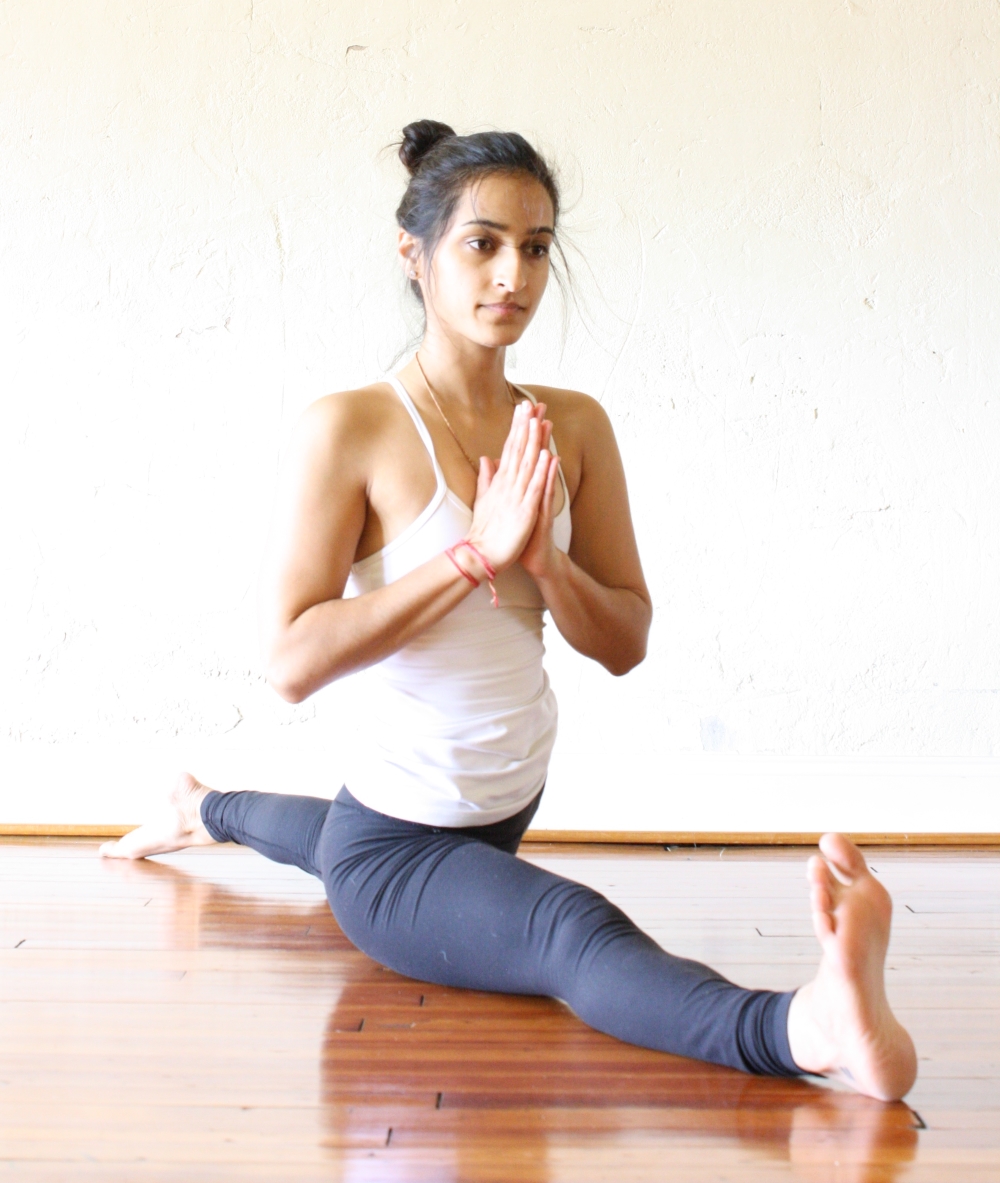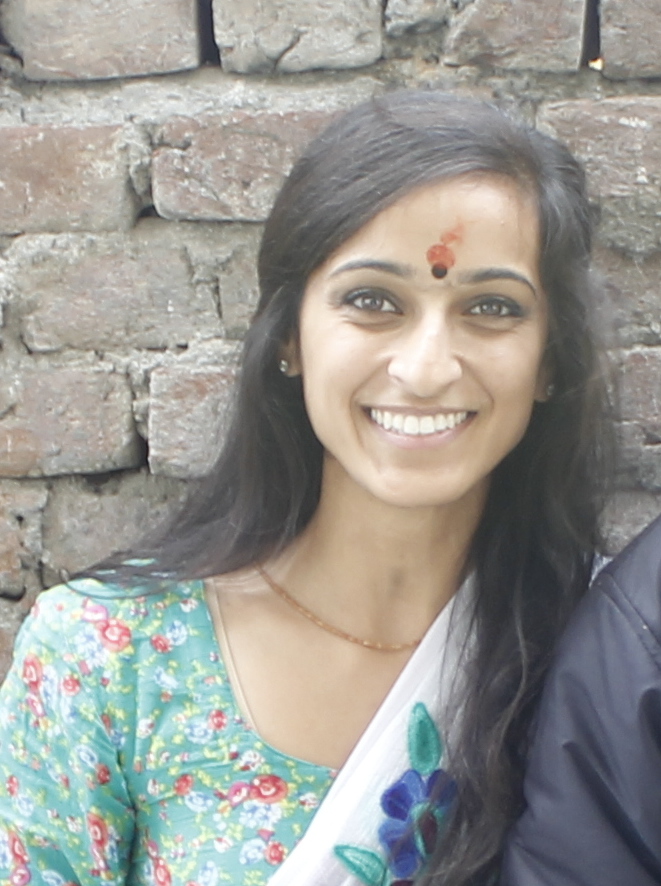Ashtanga-Vinyasa Intensive with Jessica Vyas

- What: 14-day Ashtanga-Vinyasa Intensive with Jessica Vyas
- Time: 6:00 � 7:30 AM
- Location: 4000 Bearcat Way, Suite 102, Morrisville, NC 27560
- Daily Routine: mantra chanting, primary series led class following the full sequence
- Commitment: A firm commitment to follow this schedule and attend every day
- Fee: check with the instructor
- To register: fill out the registration form, providing information in all the fields, and submit it online
- Contact: Jessica Vyas, ph: (919) 389-5527; email: jessicavyas@gmail.com
Strongly recommended
- Light,�sattvic�, nutritious,�VEGETARIAN�food
- No alcohol, drugs, tobacco or any other item of similar nature
- A personal commitment to continue the practice after the program is over
Ashtanga-Vinyasa Flow
Ashtanga (eight limb) yoga is a complete systematic yoga method based on bhakti (devotion). It was created by the late Sri K. Pattabhi Jois in Mysore, India. Ashtanga involves a set sequence of postures sewn together using the breath to guide movement known as vinyasa. Physiologically, the purpose of vinyasa is to promote a healthy circulatory system, allowing the blood flow of the body to dance with gravity according to the asana. Vinyasa promotes purification of the body as a whole from the outer most layers to the inner most layers– from the musculature to the sense organs and the nervous system to the mind. The primary series involves seated postures that focus on opening the hips and strengthening the back to allow for a more comfortable seated Padmasana in order to begin Dharana (concentration) or Dhyana (meditation).
The practitioner should develop the three places to focus attention (tristhana) during the practice: the posture (asana), the breathing system (ujjayii), and the looking place (dristhi). The three practiced in conjunction with each other purify the body, the nervous system and the mind. The asanas purify the body by making it flexible and strong. The ujayii breath involves even inhalations and exhalations to purify and control the nervous system. The dristhi is the point at which the gaze is focused to stabilize the functioning of the mind.
Bandhas (locks) play an important role in breathing. The mula bandha (root lock) and the uddiyana bandha (diaphragm lock) strengthen the asana by sealing energy within the area of the spinal cord from bottom to top. Without focusing on the lock system, the breath will be fluctuant. When mula bandha is achieved, the mind can be controlled automatically.
Read more: http://kpjayi.org
Jessica Vyas

Jessica is a 500-HR Ashtanga Vinyasa RYT. She trained and sought subsequent apprenticeship immersed in the foothills of the Himalayas on the banks of the Ganges River at Tattvaa Yogashala in Rishikesh, India with her teachers Yogi Kamal Singh and Yogi Sunil Sharma. The training involved daily intensive courses in pranayama, asana, yoga nidra, and meditation. She studied yoga philosophy from the ancient texts Hatha Yoga Pradipika, Patanjali Yoga Sutras, and the Bhagvad Gita. Following her training, she regularly taught LED primary series and assisted her teacher in the Mysore style class.
Jessica developed her interest in yoga practice at the age of 7 where she was first introduced to meditation at the age of 7 by a friend of her parents, a naturopathic physician. At the age of 14, she attended her first asana and pranayama class at the Hindu Society of North Carolina. Over the past 12 years, she has been a student of many teachers of the Hatha, Ashtanga, Iyengar and Vinyasa traditions in the RTP and Washington DC areas. While completing graduate studies at Wake Forest University School of Medicine, she studied and practiced uninterruptedly with Vinyasa teacher Elliott Watlington in Winston Salem, NC. Upon graduation she sought formal training in India to become a teacher.


